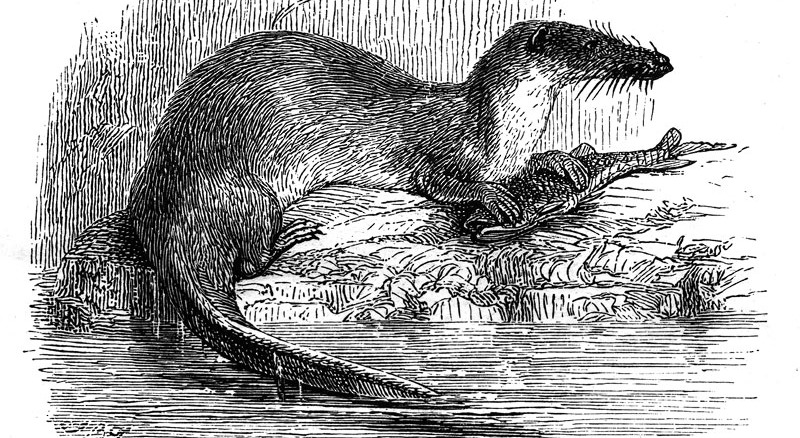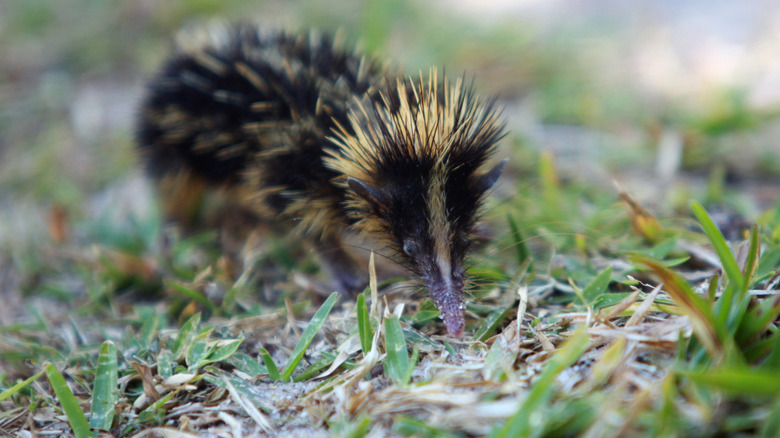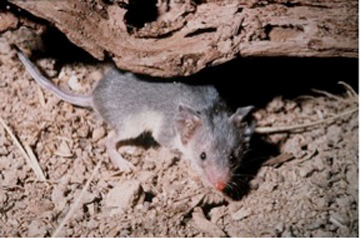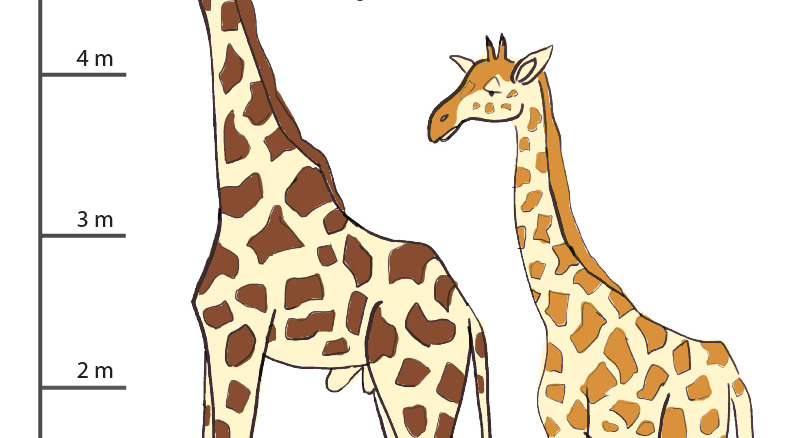On a pitch-black night a figure pops out of a hole on the prairie. He wears a black mask and runs quickly through the grass. He stops and sniffs the air. An owl dives out of nowhere, grabbing at the figure with its talons. The figure SQUEAKS in alarm and zips away just in time by diving into another hole.
Who is that masked figure?
It is a black-footed ferret, a member of the weasel family.
This animal has a black mask around its eyes, black feet, and a black tip on its tail. Its slender body is brown in color.
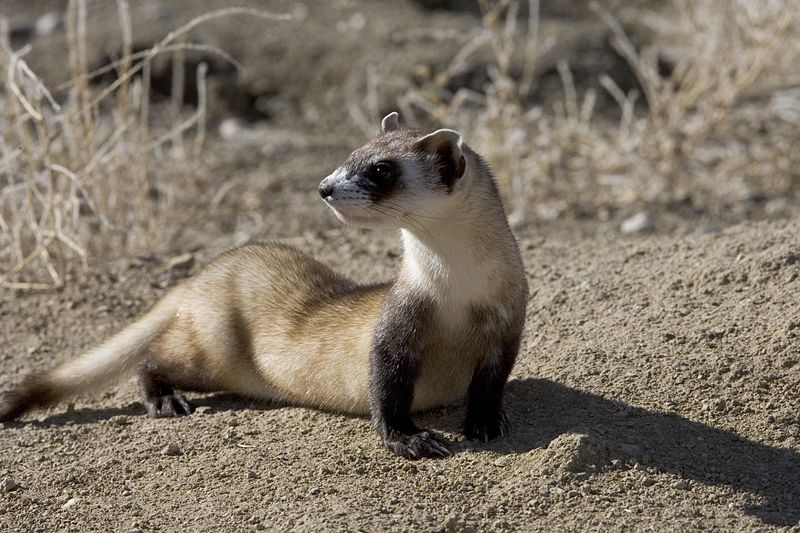
The black-footed ferret spends much of its time underground in vacant prairie dog holes where it sleeps during the day. The long, thin ferret is very flexible so that it can turn around in the narrow hole that it lives in.
At night the ferret ventures out to look for its main prey, prairie dogs, which make up 90% of its diet.
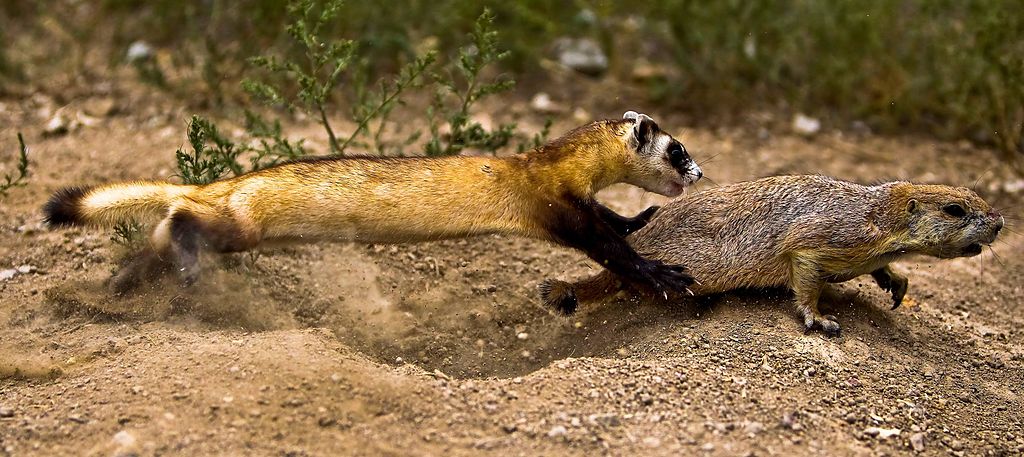
Black-footed ferrets once lived throughout the open tall-grass plains of North America, from Canada to northern Mexico. Most of this habitat has now been turned into farms and cities.
The prairie dogs that ferrets feed on have been almost eliminated. Some ranchers dislike prairie dogs because they think that they compete with cattle for food, carry disease, and cause damage by digging holes and chewing things.
What happened to the black-footed ferret?
With its food and habitat gone from most of its range, the black-footed ferret declined in numbers. By the 1950s nobody knew if there were any black-footed ferrets left in the world.
However, in 1964 a group of the ferrets was found in South Dakota …
Several of these ferrets were brought into captivity with the hope that their numbers could be increased. Sadly the captive population did not survive and the last known black-footed ferret died in 1979.
The Masked Phantom no longer zipped through the plains of North America and had seemingly disappeared from the Earth.
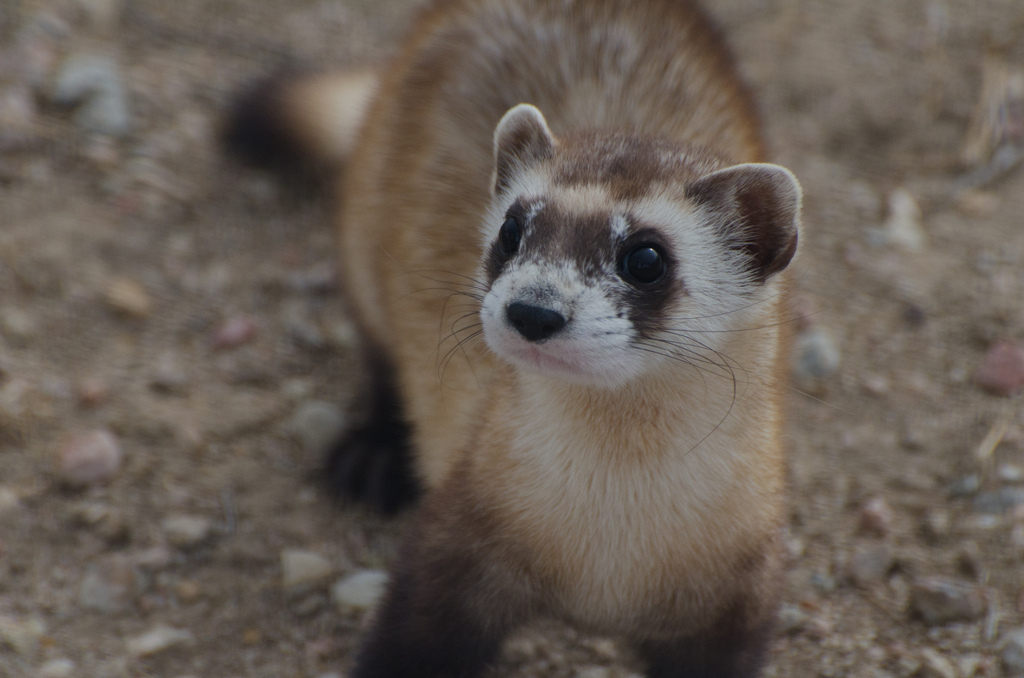
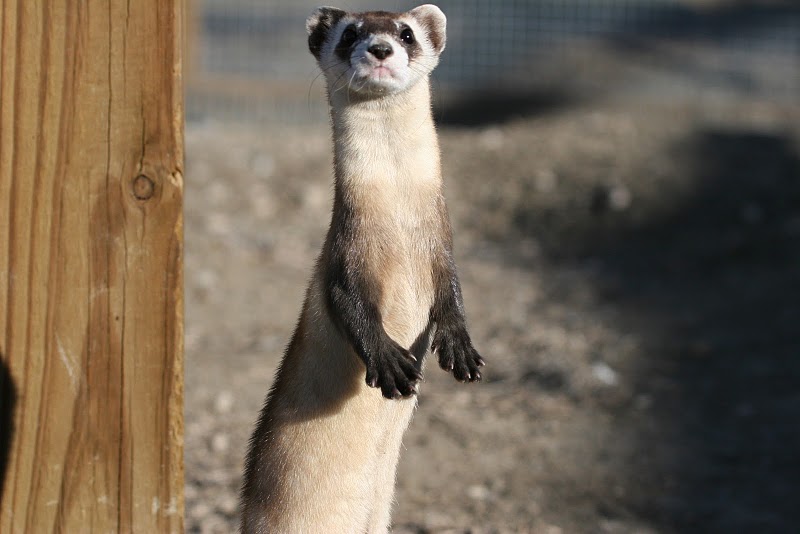
But that’s not the end of the story …
In 1981 a pet dog brought the body of a strange animal to its owners on a ranch in Wyoming. The strange animal had a long body and a black mask. The Masked Phantom had returned!
Actually, a population of black-footed ferrets had survived in Wyoming without anyone knowing about it.
Scientists brought several of the ferrets into captivity again. This time they were able to successfully create a captive population. In 1987 two groups of baby ferrets were born in captivity and survived.
This was good because the wild population of black-footed ferrets from Wyoming ended up dying out from a disease called sylvatic plague.

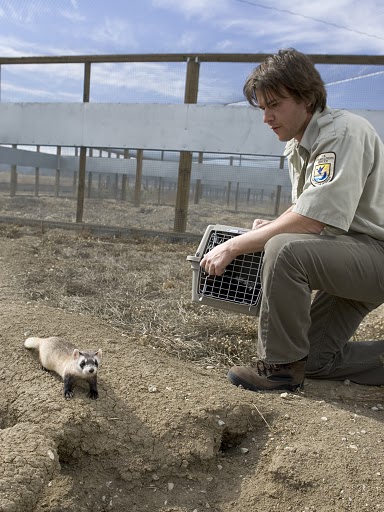
Black-footed ferrets have since been returned to several areas of their original range including South Dakota, Wyoming, and Arizona. As of 2021, there are approximately 300 black-footed ferrets living in the wild, with several hundred more living in captivity and ready to be released.
Black-footed ferrets still have many challenges for their survival, including plague and continuing disappearance of their main diet, prairie dogs. They are classified as an endangered species. This means they are at risk of extinction.
Yet, the Masked Phantom of the plains has returned and hopefully will continue to zip across the prairies well into the future.
Written by David Brown
*This story was first published on Mongabay Kids on 20 May 2021


